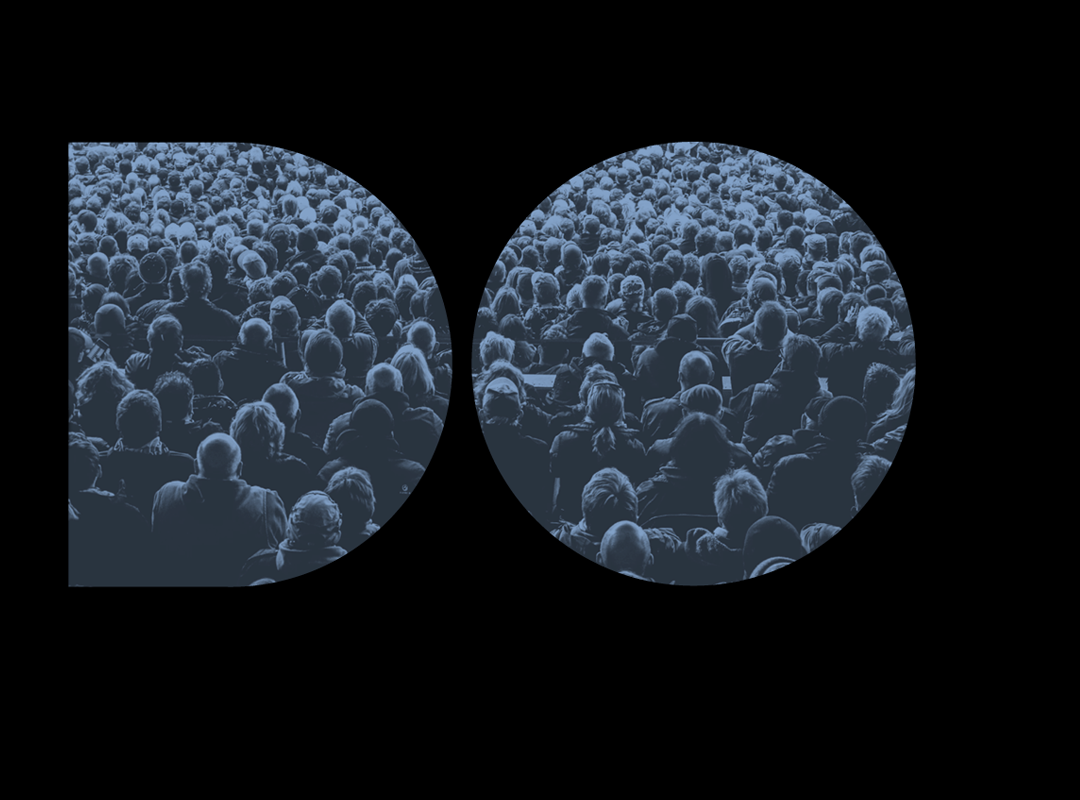
June 16, 2009
Textile Psychology
Just as I was thinking, It is almost too easy to fetishize the sari, with its deep, rich or bright colors, gold embroidery, and simultaneously revealing and concealing drapery in a Western setting, a tourist steps into the frame on Brick Lane and snaps a photo of Nazneen, the protagonist, hurrying down the London street and looking very small and very soft against the gray cobblestones. It’s a lovely image that we and the tourist see, one of many in a faithful and thoughtful adaptation of Monica Ali’s well-regarded novel. In the film Brick Lane the sari stands in for the eternal feminine, for passion, for rebellion, deployed as clothing, as curtains, and as contrast, for Nazneen takes in sewing, stitching away at the more obviously seductive tight jeans and spangled tops that her British-born daughter desires. When Nazneen succumbs to her own desires for the first time, the sex montage is intercut with profile-against-backlit-fabric, lying on fabric, unwrapping of the sari fabric.
I love looking at all that fabric, as I did when I went to India, where in cities it does often feel as if women are the country’s one beauty, textiles in every color replacing rows of flowers or trees as urban accoutrements. But it seems to me that a director, Sarah Gavron here, Danny Boyle in Slumdog Millionaire, ought to have a more original thought, or to take the textile fetish one step further. In Brick Lane it is the fabric that does most of the talking, for while the novel is very interior, the film is not. Verbal exchanges often rest uneasily in the framework of silence, of the not-said, that the movie effectively dramatizes. We don’t really understand Nazneen’s lover Karim’s turn to the political, or how that connects to her life and their relationship. We don’t really understand why she doesn’t fulfil the marriage plot and run off with him. Well, actually we do, because that is a fantasy for other people. But when Nazneen says that (about fantasy) to Karim, we feel that a psychoanalyzed middle-class voice has been transplanted into her immigrant working-class mouth. I remember liking the novel, but feeling the same confusion about why Nazneen made the choice she does. Both book and film make it very clear that making an independent choice is a break for her, culturally and psychologically, but the explanation seems to be beyond either Gavron or Ali’s power to show.
Observed
View all
Observed
By Alexandra Lange
Related Posts

Graphic Design
Sarah Gephart|Essays
A new alphabet for a shared lived experience

Arts + Culture
Nila Rezaei|Essays
“Dear mother, I made us a seat”: a Mother’s Day tribute to the women of Iran

The Observatory
Ellen McGirt|Books
Parable of the Redesigner

Arts + Culture
Jessica Helfand|Essays
Véronique Vienne : A Remembrance
Recent Posts
Mine the $3.1T gap: Workplace gender equity is a growth imperative in an era of uncertainty A new alphabet for a shared lived experience Love Letter to a Garden and 20 years of Design Matters with Debbie Millman ‘The conscience of this country’: How filmmakers are documenting resistance in the age of censorshipRelated Posts

Graphic Design
Sarah Gephart|Essays
A new alphabet for a shared lived experience

Arts + Culture
Nila Rezaei|Essays
“Dear mother, I made us a seat”: a Mother’s Day tribute to the women of Iran

The Observatory
Ellen McGirt|Books
Parable of the Redesigner

Arts + Culture
Jessica Helfand|Essays

 Alexandra Lange is an architecture critic and author, and the 2025 Pulitzer Prize winner for Criticism, awarded for her work as a contributing writer for Bloomberg CityLab. She is currently the architecture critic for Curbed and has written extensively for Design Observer, Architect, New York Magazine, and The New York Times. Lange holds a PhD in 20th-century architecture history from New York University. Her writing often explores the intersection of architecture, urban planning, and design, with a focus on how the built environment shapes everyday life. She is also a recipient of the Steven Heller Prize for Cultural Commentary from AIGA, an honor she shares with Design Observer’s Editor-in-Chief,
Alexandra Lange is an architecture critic and author, and the 2025 Pulitzer Prize winner for Criticism, awarded for her work as a contributing writer for Bloomberg CityLab. She is currently the architecture critic for Curbed and has written extensively for Design Observer, Architect, New York Magazine, and The New York Times. Lange holds a PhD in 20th-century architecture history from New York University. Her writing often explores the intersection of architecture, urban planning, and design, with a focus on how the built environment shapes everyday life. She is also a recipient of the Steven Heller Prize for Cultural Commentary from AIGA, an honor she shares with Design Observer’s Editor-in-Chief,